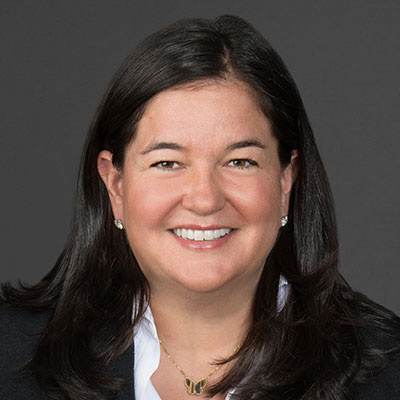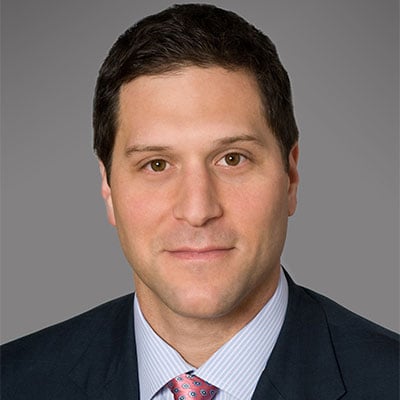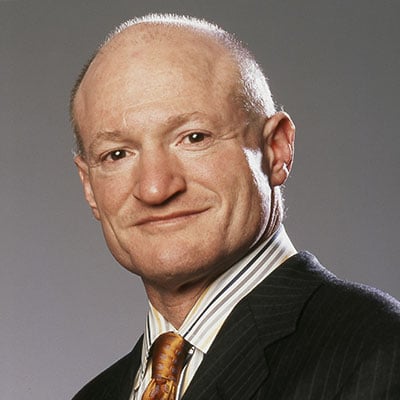Bar Talk: Bankruptcy Winners: Kirkland, Skadden Lead on Largest Bankruptcy Matters
The past four years have been increasingly anxious ones for bankruptcy lawyers. New Chapter 11 filings have plunged by nearly half since the banner year of 2009, and their size has also continued to shrink: Combined prepetition assets of the 20 largest companies entering bankruptcy from January through October totaled $36 billion, down from $55 billion during the same period last year, according to BankruptcyData.com. Even worse for law firms, half of the large-cap companies seeking bankruptcy protection these days stay there for just a few months, via prearranged or “prepackaged” bankruptcies or 363 fire sales, which generate substantially less work than traditional years-long proceedings.
The slowdown, however, has not affected firms equally. This year Kirkland & Ellis, for instance, grabbed a heftier market share. As of early November, in 2013 the firm had been tapped by six out of 34 new filers listing at least $100 million in prepetition assets, including the largest to date, Cengage Learning ($7.5 billion); combined prepetition assets of K&E’s new 2013 matters totaled $13.2 billion. The firm also landed five new out-of-court workouts in 2013, including helping Energy Future Holdings Corp., the former TXU Corporation, restructure more than $40 billion in debt from its 2007 LBO. In fact, Kirkland’s restructuring practice this year grew by five lawyers, to 102. Skadden, Arps, Slate, Meagher & Flom also had a good year: Its 63 bankruptcy lawyers were handling five new filings totaling $9.4 billion, as well as several nonpublic work outs. (Skadden’s practice head count remained flat year to year.)
Other firms haven’t been as busy. Weil, Gotshal & Manges, a giant among debtor side firms, had just two new midsize filings, while Jones Day, another powerhouse, had just one.
Skadden practice group head Jay Goffman says the firm’s approach—treating insolvencies as an extension of dealmaking and favoring out-of-court or prenegotiated restructurings—is attractive to many corporate clients and, increasingly, to distressed foreign companies. As for Kirkland’s secret sauce, three clients say that what first brought them in the door was 53-year-old James Sprayregen, one of the original architects of the firm’s bankruptcy practice. He returned to Kirkland in 2006 after three years co-heading Goldman Sachs’ restructuring group. But what kept them there, the clients add, was Kirkland’s unusually deep bench, including Paul Basta and Marc Kieselstein, both in their late 40s, as well as Christopher Marcus, Ross Kwasteniet, Joshua Sussberg, and Nicole Greenblatt, all in their 30s to early 40s. Sprayregen “lets the younger guys shine,” says Richard Feintuch, a former Wachtell, Lipton, Rosen & Katz partner who has used K&E several times over the past decade as a board member of distressed companies. “Most [senior] bankruptcy guys, when they pitch for a matter, they handle it,” says another director of several distressed companies, asking not to be named because he taps several firms. “Sprayregen’s able to hand it off without making clients feel abandoned.”
There may be another factor at play. For boards facing distressed situations for the first time, “it’s always easier to go with the guys with the biggest market share,” says the second client. “Success breeds success.”
REPRINTED WITH PERMISSION FROM THE DECEMBER 2013 EDITION OF THE AMERICAN LAWYER © 2013 ALM MEDIA INC. ALL RIGHTS RESERVED. FURTHER DUPLICATION WITHOUT PERMISSION IS PROHIBITED






